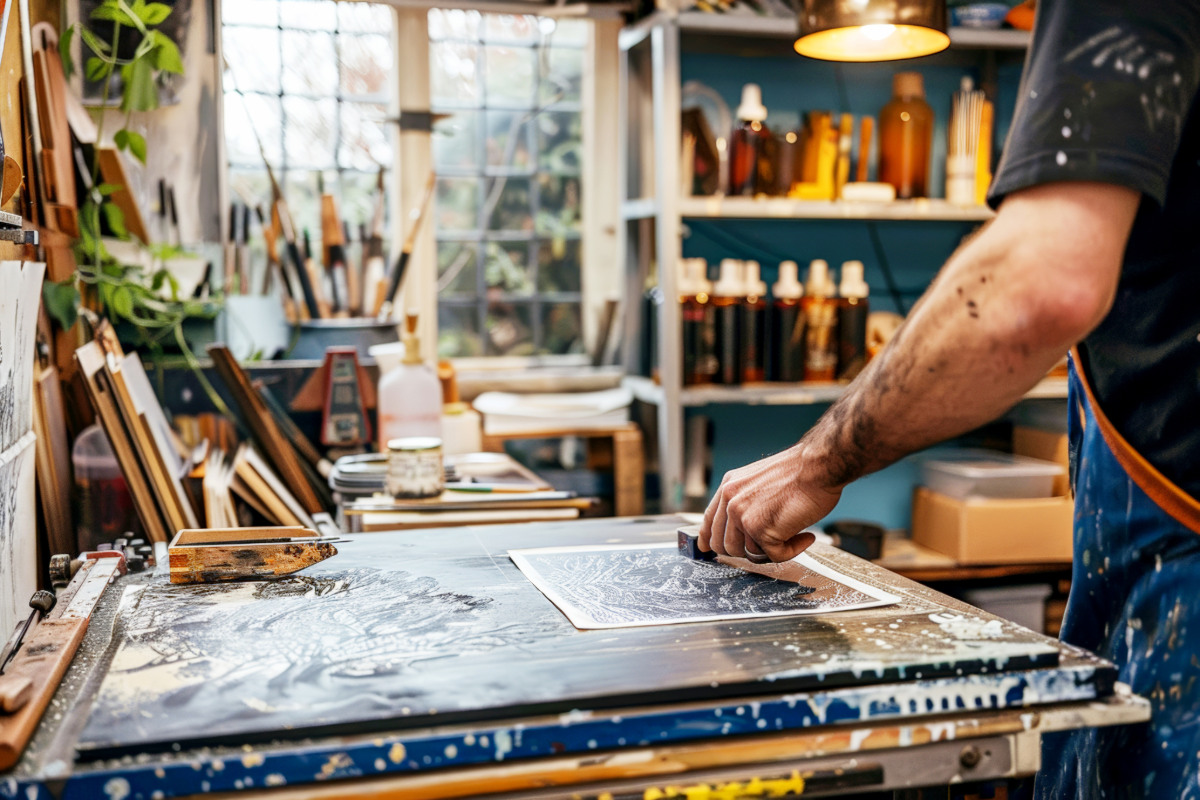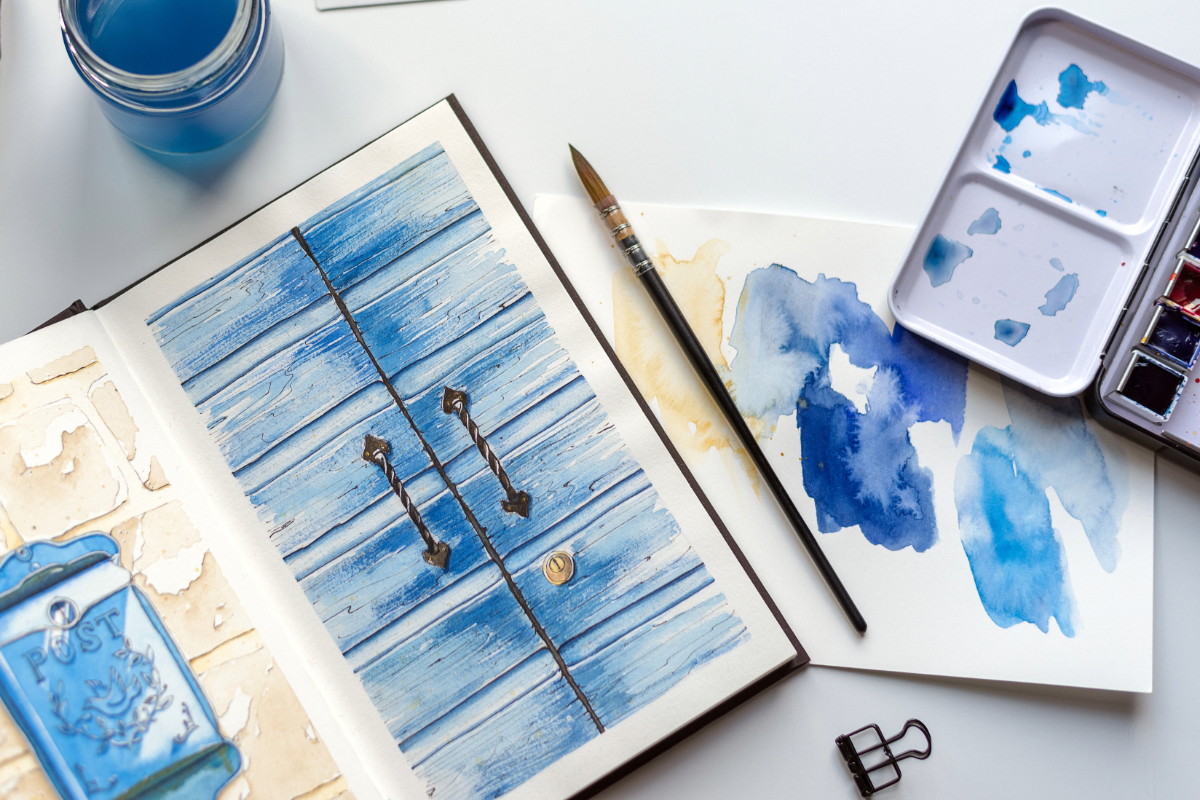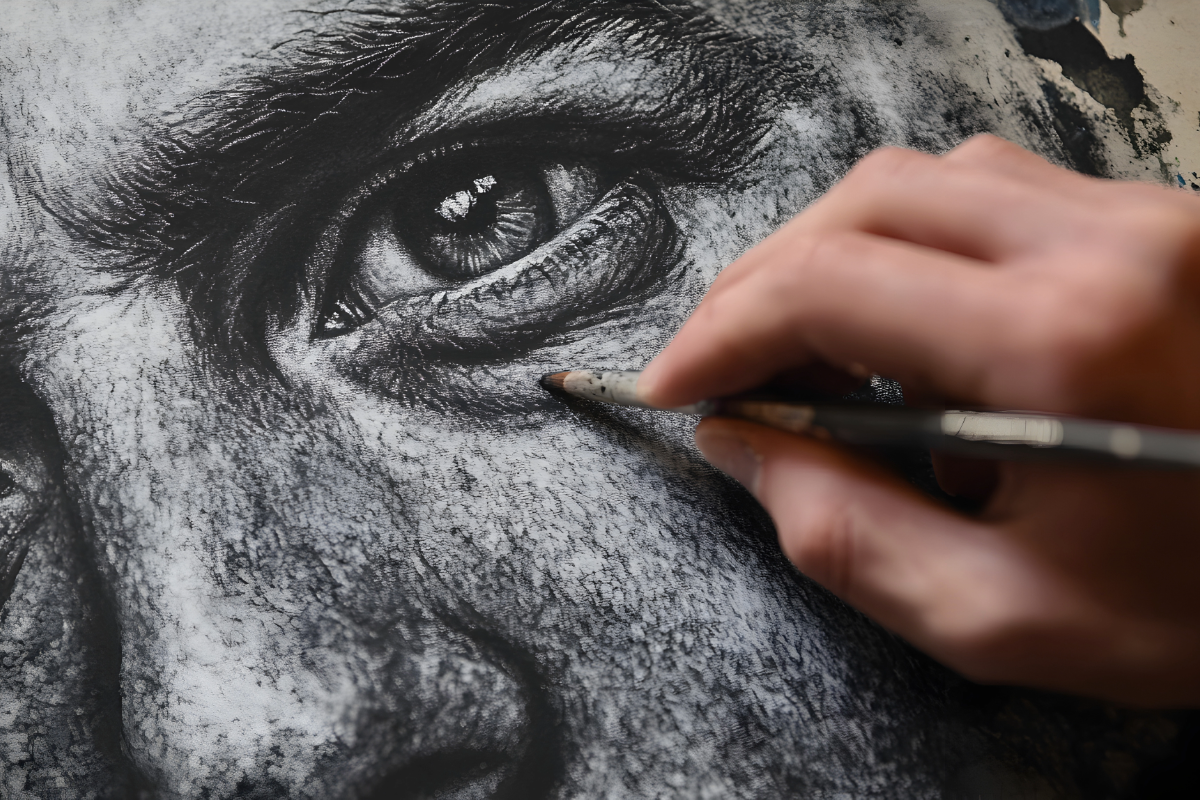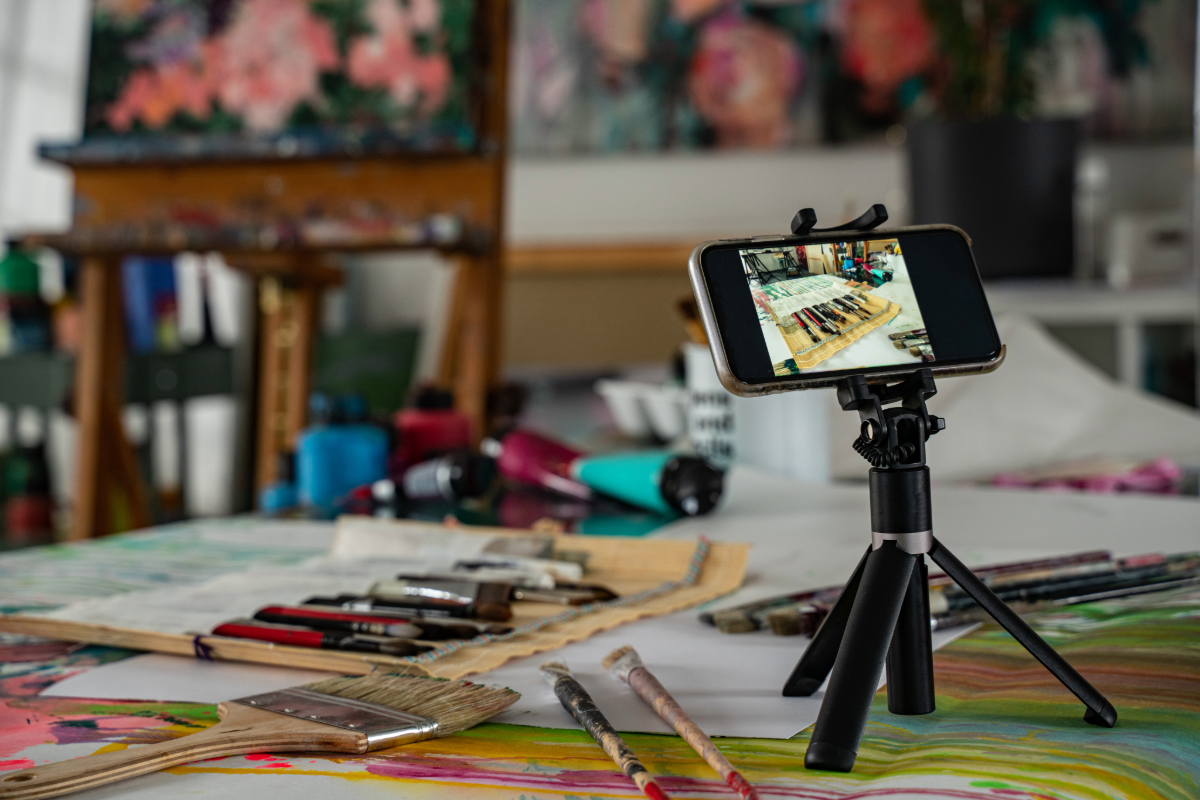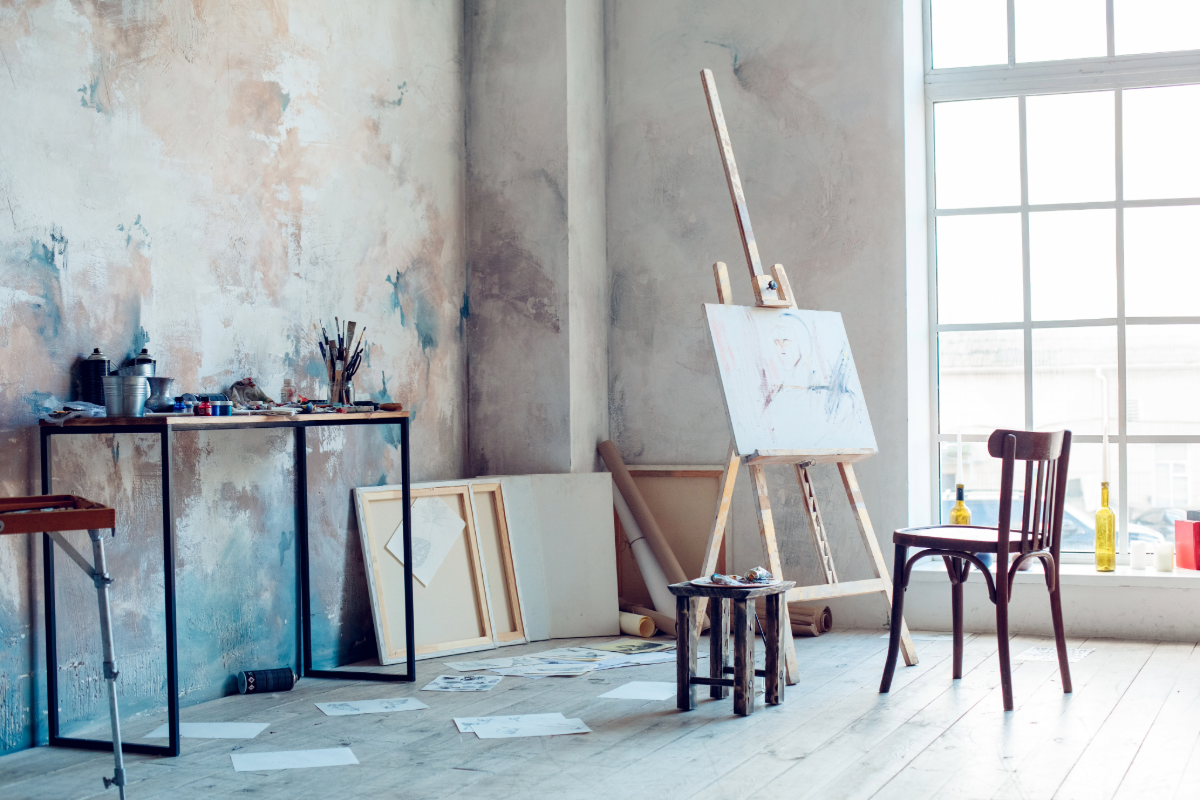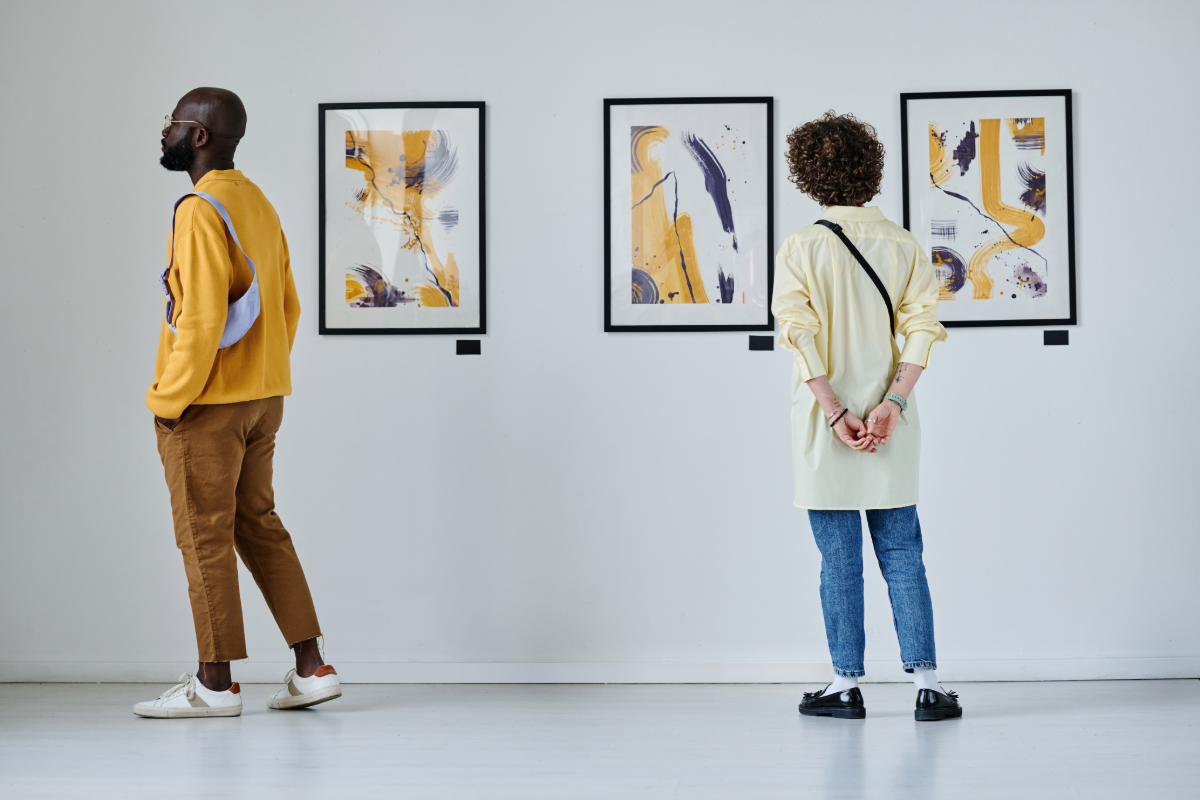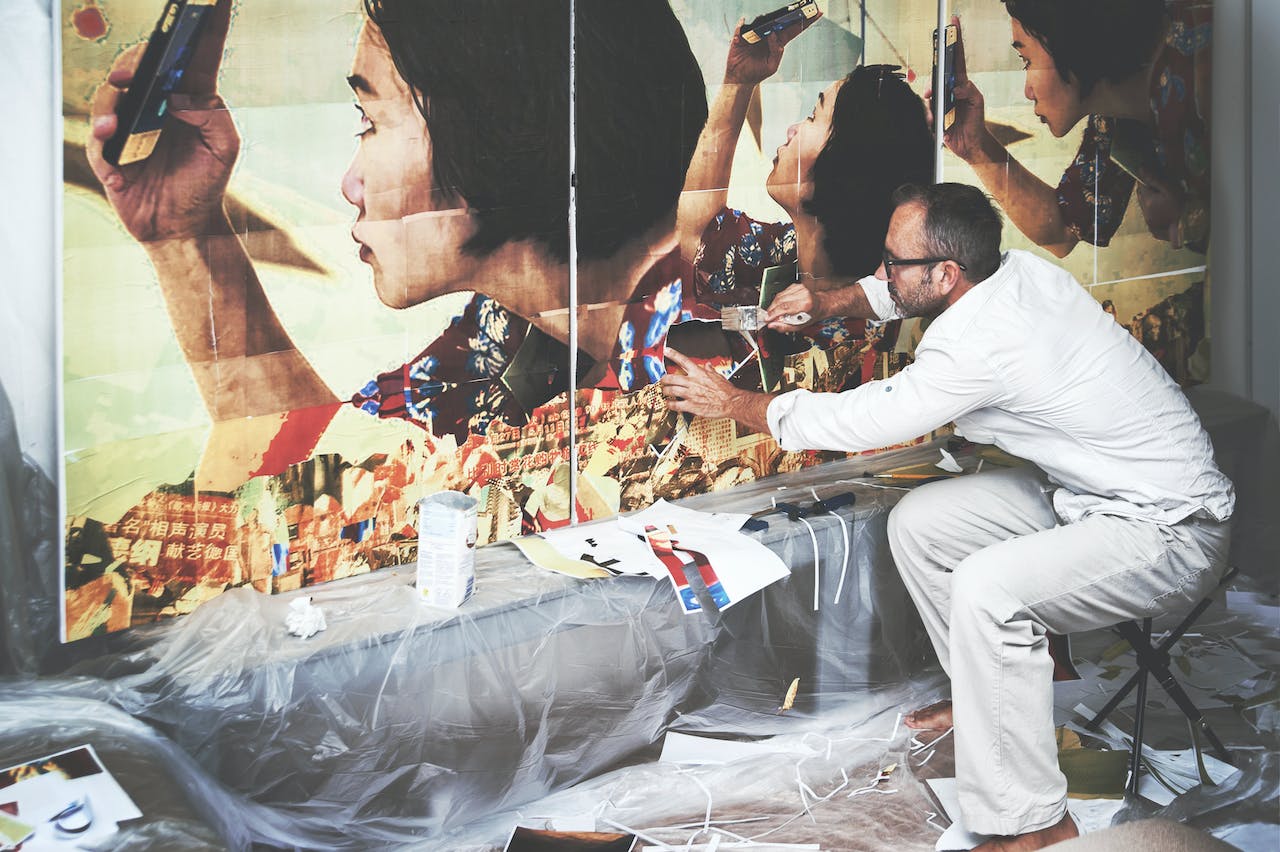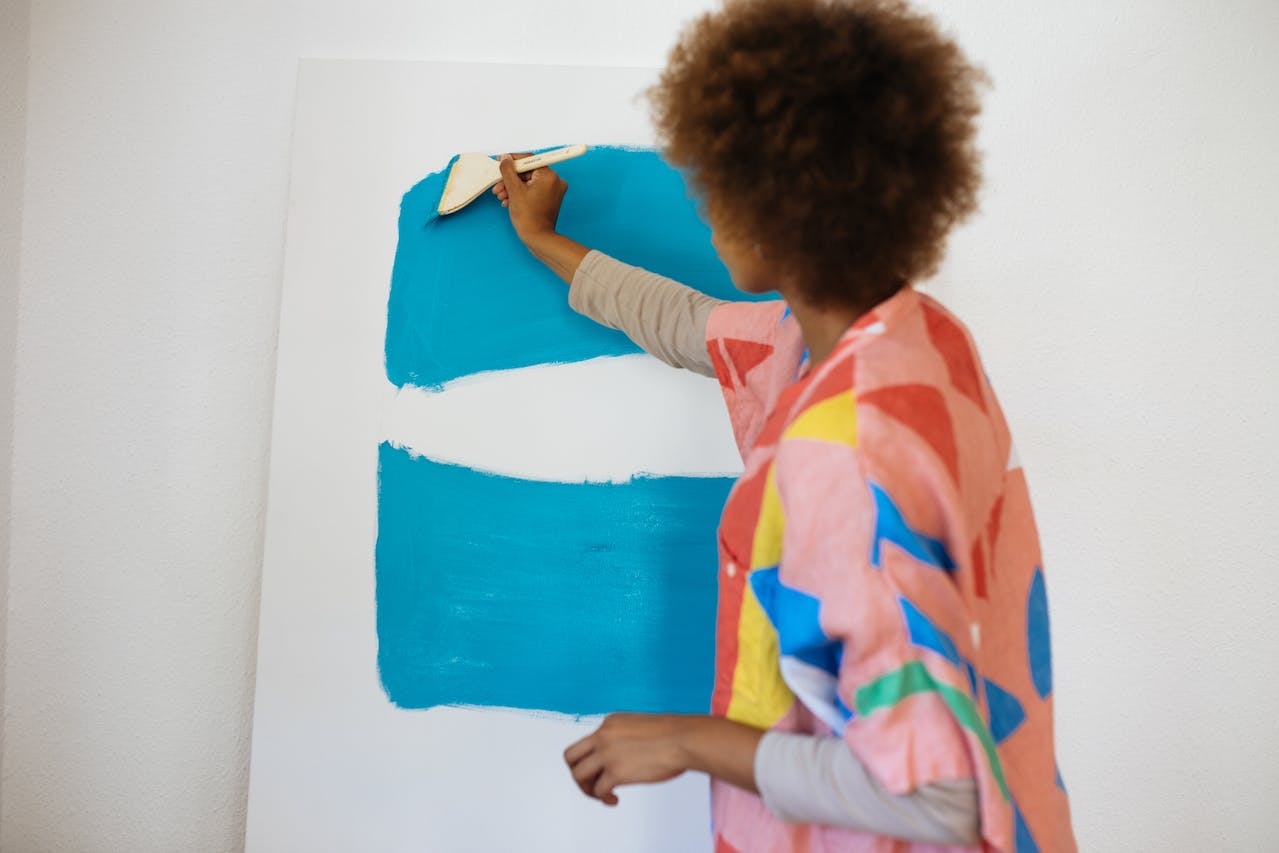The Artist’s Mark: Signing and Numbering Your Art Prints
For any artist venturing into the world of printmaking, understanding how to sign and number your art prints is crucial. It’s not just about leaving your creative fingerprint on a piece – it’s about establishing authenticity, value, and a sense of exclusivity for your work.
Why Sign and Number Your Prints?
- Authenticity: Your signature is your artistic stamp of approval. It verifies the print is genuine and created by you, not a mass-produced copy. This is especially important in a digital age where reproductions can be easily made.
- Value: Signed and numbered prints are generally considered more valuable than unsigned ones. Collectors appreciate the personal touch and limited nature of signed prints. Think of it as owning a piece of the artist’s vision, not just a generic copy.
- Exclusivity: Limited edition prints, with a set number produced, create a sense of collectability and exclusivity. This can drive up the value of your work, particularly if the edition size is small. Imagine owning one of only 25 prints in existence – that’s a pretty special feeling for a collector.
- Record Keeping: The edition number, paired with your signature, creates a record of your artistic output. This can be valuable for both you and future collectors. It allows you to track how many prints you’ve created in a particular series and helps collectors verify the authenticity of their purchase.
A Brief History of Printmaking
The history of printmaking is a captivating story of how art became accessible to many. Centuries ago, pioneers like Albrecht Dürer and Rembrandt van Rijn transformed the art world by creating and selling prints of their work. This innovation was groundbreaking. Once limited to wealthy patrons who could afford original paintings, art became available to a much broader audience through prints.
An Early Example of Printmaking: Dürer’s Masterful “Life of the Virgin” Print Series
Albrecht Dürer’s “Life of the Virgin” is a celebrated series of nineteen woodcuts, plus a front piece, published in book form. These exquisite prints vividly portray scenes from the life of Mary, the mother of Jesus. Hailed as masterpieces of the woodcut medium, they are renowned for their delicate lines, intricate details, and masterful compositions. Dürer’s exceptional skill in using linework and shading to create depth and movement within each scene showcases the pinnacle of woodcut technique.

The Origins of Signing and Numbering Prints
The practice of signing and numbering art prints is often attributed to James Abbott McNeill Whistler in the late 19th century. Known for his innovative approach and meticulous attention to detail, Whistler was among the first to recognize the significance of authenticity and exclusivity in the art market. By signing and numbering his prints, he not only verified their provenance, but also instilled a sense of scarcity and value.
While Whistler is credited with pioneering this practice, it gained widespread acceptance and formalization in the 20th century with the surge in limited edition prints, exemplified by the works of Pablo Picasso and Salvador Dalí. The establishment of professional printmaking studios and galleries further solidified the importance of limited editions in the art market.
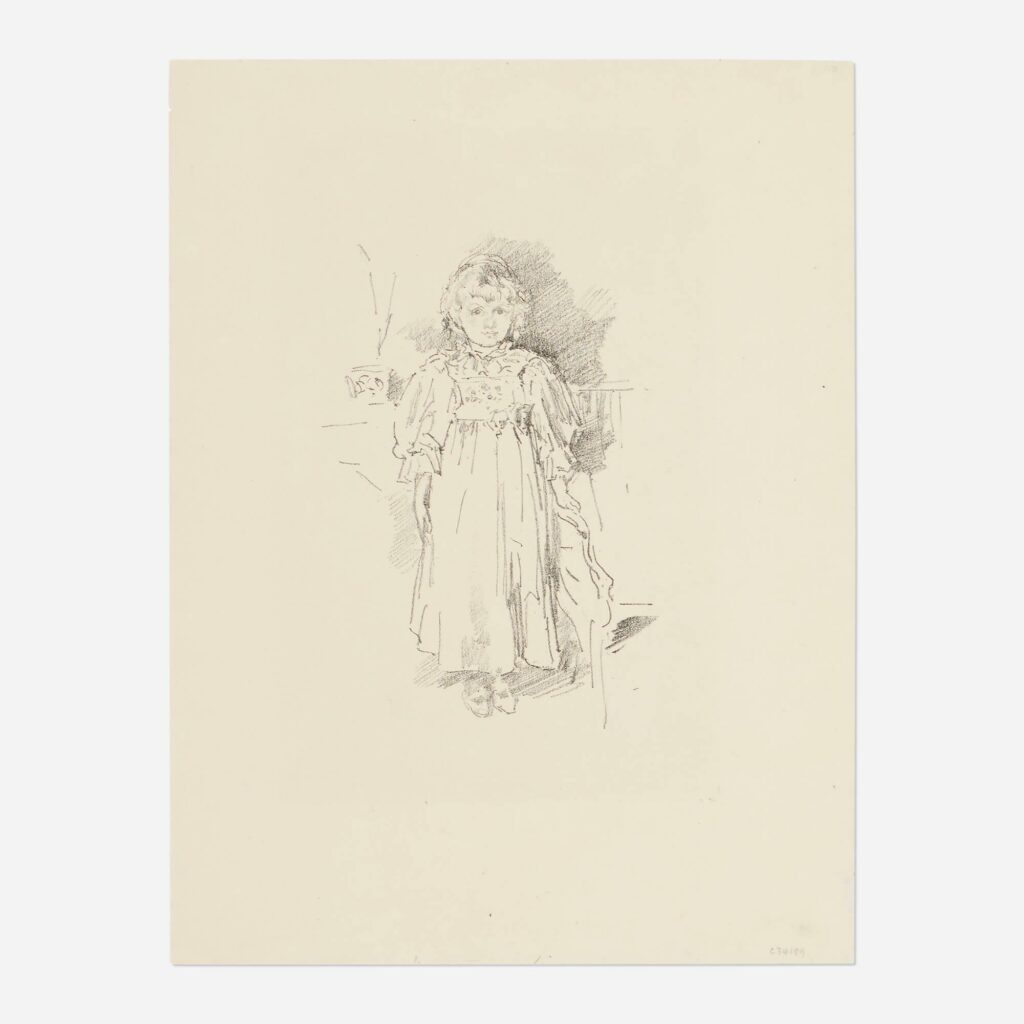
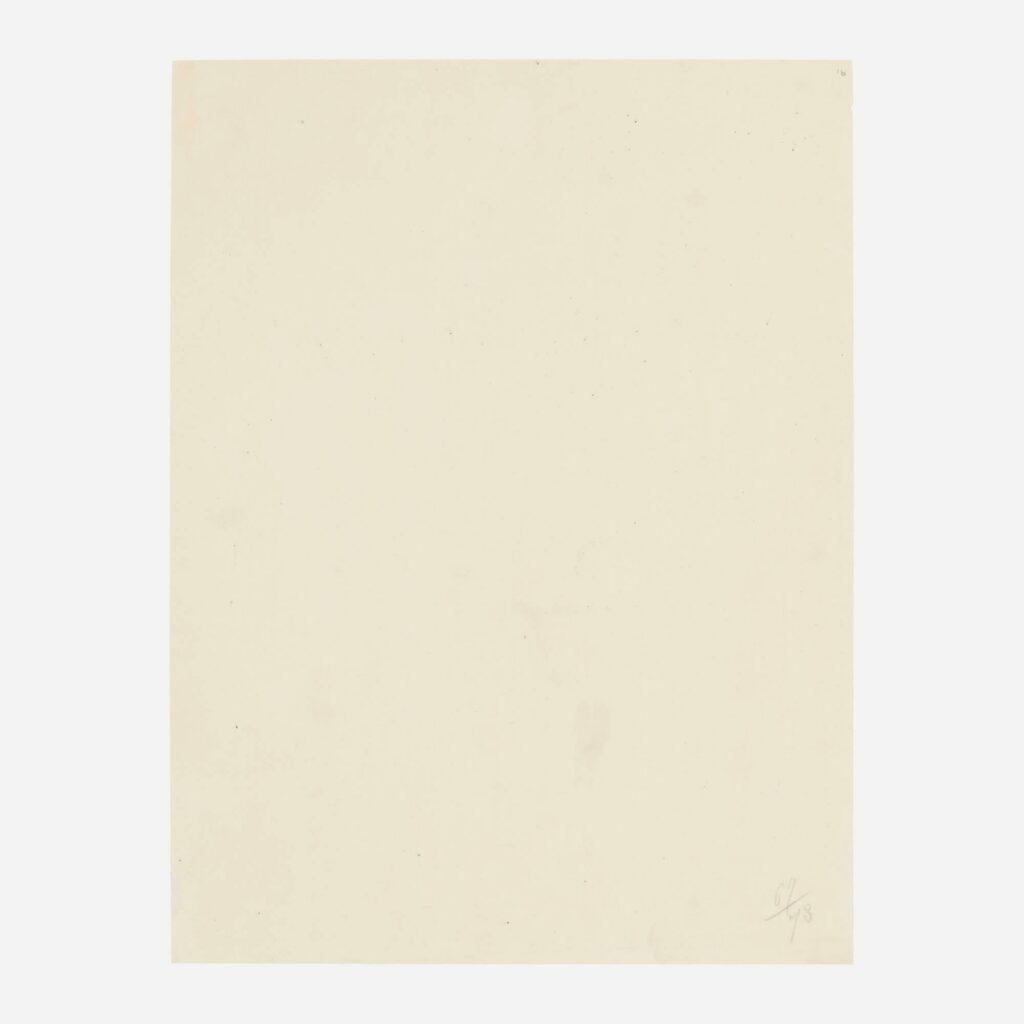
Pro Tips for Signing & Numbering Your Prints
- Signature Placement: Traditionally, artists sign on the lower right corner, with the edition number on the left. However, feel free to experiment with placement as long as it complements your artwork. Just ensure it’s clear, legible, and doesn’t detract from the overall composition.
- Signing Medium: Use archival-quality materials that won’t fade or damage the print over time. Pencil or a lightfast pen are good choices. This ensures your signature remains a permanent and integral part of the artwork for generations to come.
- Numbering Format: The standard format is “edition number/total number of prints” (e.g., 1/20, 2/20). This clearly communicates the scarcity of the print and its place within the edition.
- Limited Editions: Decide on a reasonable edition size. Smaller editions (25-50 prints) are generally considered more valuable than larger ones. Think about the quality and value you want to associate with your work.
- Artist’s Proofs (A/Ps): Consider creating a small number of artist’s proofs (A/P) outside the edition size. These are prints reserved for the artist, used for promotional purposes, or gifted to special individuals. They should be clearly marked “A/P” to differentiate them from the numbered edition.
- Documentation: Keep a detailed record of your prints, including the edition size, paper type, and any specific notes about the printing process. This information can become valuable for collectors and future reference.
- Certificate of Authenticity (COA): While not always necessary, consider offering a COA for your signed and numbered prints. This is a document verifying the artwork’s authenticity and can provide peace of mind to collectors.
Where to Sell Your Signed & Numbered Prints
Now that your beautiful signed and numbered prints are ready, it’s time to find them a home! Here are some options to consider, allowing you to tailor your approach to your target audience and artistic goals:
- Art Fairs and Shows: These bustling events offer a chance to showcase your work in person, connect with potential buyers directly, and get valuable feedback on your art. Imagine the thrill of a collector spotting your work at a crowded art fair and knowing they have a unique piece directly from the artist.
- Online Marketplaces: Platforms like Etsy or dedicated art-selling sites offer a wider online audience for your work. This allows you to tap into a global market and connect with collectors who may not have access to brick-and-mortar galleries. The convenience of online shopping makes it easy for art enthusiasts to discover and purchase your signed prints.
- Portfolio Website: Create a professional online presence that serves as your digital art gallery. Collectors can browse your artwork at their leisure, learn about your artistic process, and contact you directly for purchases. This allows you to control the presentation of your work and build a dedicated following.
- Art Galleries: Partnering with galleries that represent artists in your style and medium can elevate your artistic profile and reach a wider audience. Galleries often have established relationships with collectors and can provide valuable marketing and promotional support. This can be a great option if you’re looking to take your art career to the next level.
Related: THEARTLIST’S GUIDE TO GALLERIES: UNDERSTANDING DIFFERENT GALLERY TYPES AND WHAT THEY LOOK FOR
TheArtList: Empowering Your Artistic Journey
At TheArtList, we understand the importance of supporting artists at every stage of their creative journey. We offer a wealth of resources to help you get discovered, connect with collectors, and navigate the art world. Here’s how we can help:
- Featured Art & Photo Calls: Discover opportunities to showcase your work in competitions, exhibitions, and other events. This is a great way to gain exposure, win awards, and connect with potential buyers.
- Artist & Photographer Mailing List: Subscribe for inspiring content, art calls, and industry insights delivered straight to your inbox. Stay informed and empowered to make informed decisions about your artistic career.
Signing and numbering your art prints is a crucial step in establishing your value as an artist. By following these tips and leveraging the resources available at TheArtList, you can build a successful and fulfilling artistic career. So, get out there, create, sign, number, and leave your unique mark on the art world!

